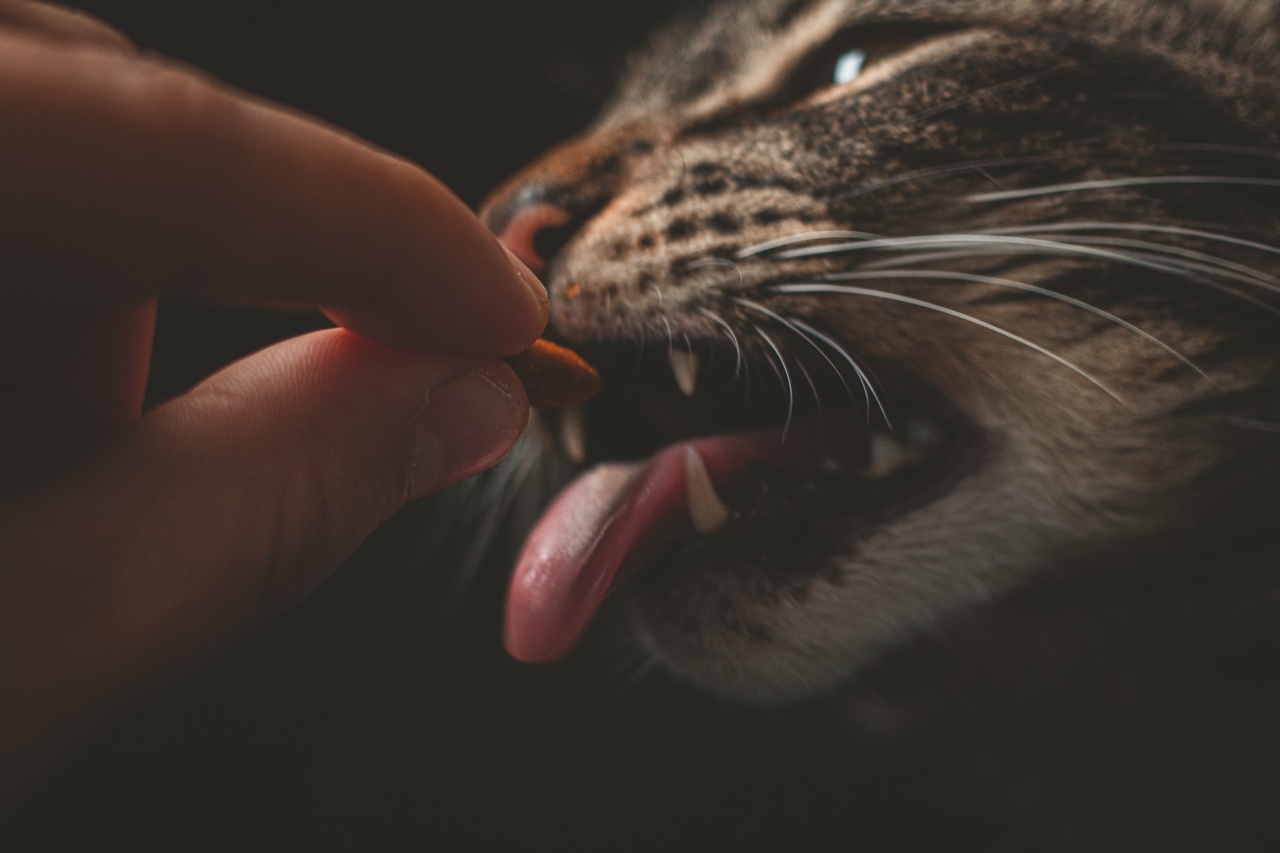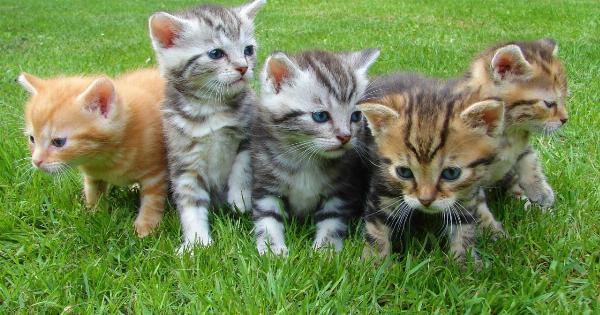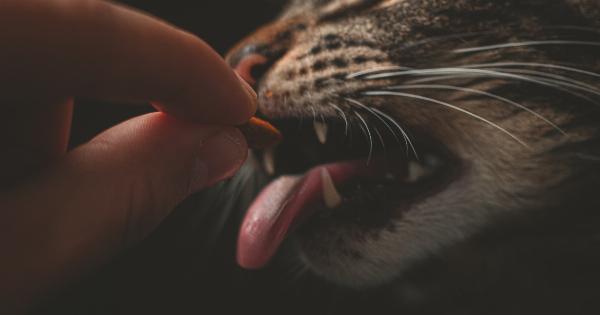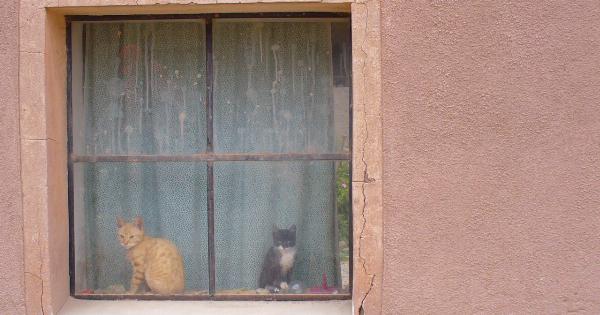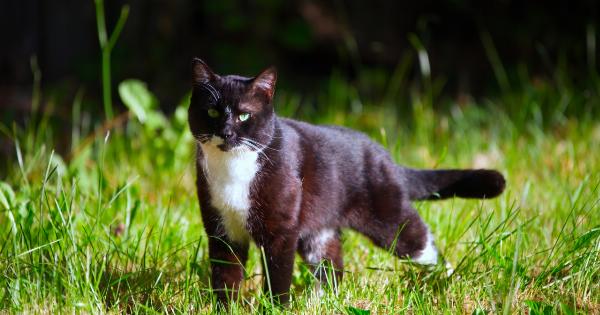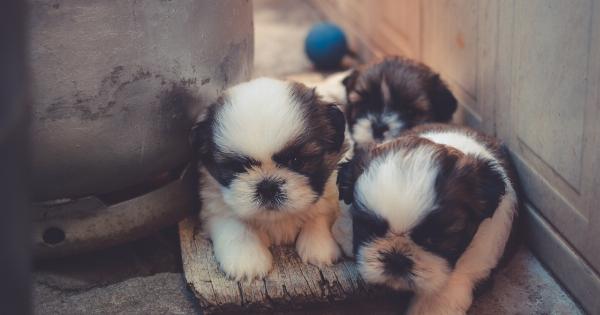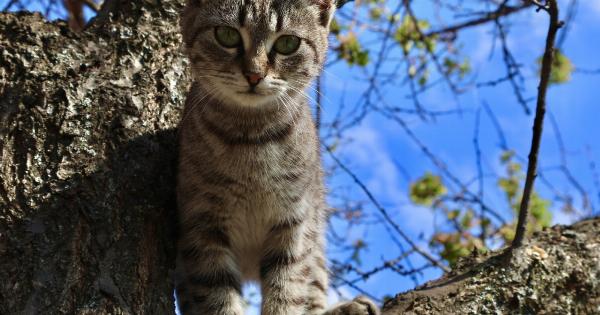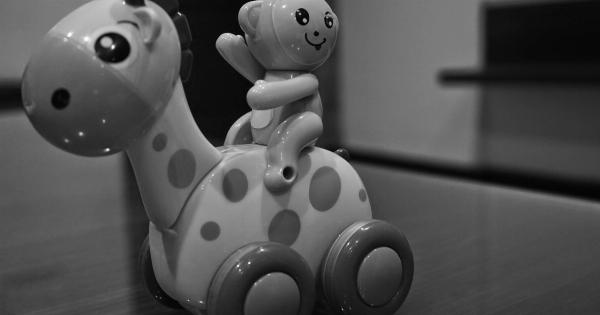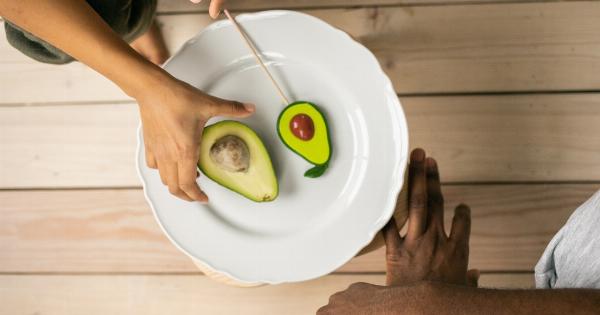Cats are popular pets, and their nutrition is essential to their well-being. Every cat owner wants to provide their feline friend with the best possible diet to ensure that they are healthy and happy.
However, with so many options available, it can be challenging to determine what cat food is best for your pet.
The Basics: What Makes a Good Cat Food?
The first step in providing your cat with proper nutrition is understanding the basics of what a good cat food should contain. Cats are obligate carnivores, meaning that they are designed to eat a diet predominantly made up of animal protein and fat.
Therefore, the ideal cat food should contain high-quality animal-based protein as the primary ingredient.
Cats also need various vitamins and minerals, which can be found in fruits, vegetables, and grains. However, these ingredients should only make up a small portion of the total ingredients.
A good cat food should also contain adequate amounts of taurine, an essential amino acid, which is critical for maintaining healthy eyes and heart function.
Types of Cat Food
When it comes to cat food, there are several options, including dry food, wet food, and raw food. Here’s what you need to know about each type:.
Dry Food
Dry food is the most commonly used feed for cats because it is convenient and easy to store. It is also less expensive than wet food.
However, dry cat food may contain a high level of carbohydrates, which can lead to health problems such as diabetes and obesity if not consumed in moderation. When opting for dry cat food, it is essential to choose a brand that is high in animal protein and low in carbohydrates.
Wet Food
Wet food is an excellent option for cats who don’t drink enough water or have a history of urinary tract problems. Wet cat food is made up of roughly 70% water, providing additional hydration to your cat’s diet.
It also tends to be higher in protein than dry cat food, making it an overall healthy choice for your feline friend. However, wet cat food can be more expensive and may spoil more quickly than dry cat food.
Raw Food
A raw food diet for cats involves feeding them uncooked meat, organs, and bones. It is the most natural form of nutrition for cats as it mimics what they would eat in the wild.
Raw food is beneficial for cats with digestive problems or allergies to commercial cat food ingredients, such as grains or gluten. However, preparing a raw food diet for your cat can be time-consuming and expensive. It is essential to work with a veterinarian to develop a balanced and safe raw food diet for your cat.
Cat Food Labels
Cat food labels can be confusing, and not all of them are created equal. It is essential to read the label to understand what you are buying and ensure that your cat is getting the proper nutrition.
Ingredients List
Always start by reading the ingredients list. The ingredients are listed in descending order of weight, with the most abundant ingredient listed first. The first ingredient should be a high-quality animal protein source, such as chicken, turkey, or fish.
Avoid cat food that lists corn, wheat, or soy as the first ingredient, as these are not easy for cats to digest.
Guaranteed Analysis
The guaranteed analysis lists the minimum and maximum amounts of protein, fat, fiber, and moisture in the cat food. These values can help you compare different brands and choose one that meets your cat’s nutritional needs.
Feeding Guidelines
Feeding guidelines provide instructions on how much food to give your cat based on their weight and age.
It is essential to follow the feeding guidelines carefully to ensure that your cat is getting the right amount of nutrients to maintain a healthy weight. Overfeeding your cat can lead to obesity and other health problems.
Cat Food and Health
Providing your cat with a well-balanced diet is essential for their overall health and well-being. Feeding your cat a diet high in animal protein and low in carbohydrates can help prevent obesity, diabetes, and other health problems.
Additionally, feeding your cat the proper nutrition can help with their coat health, immune system, and digestive system.
It is essential to monitor your cat’s weight and health regularly. If you notice any changes in their eating habits, weight, or health, it is crucial to consult with your veterinarian right away.
They can help identify any underlying health problems and prescribe the proper treatment, including adjusting your cat’s diet to fit their needs better.
Conclusion
Providing your cat with the proper diet is essential for their overall health and well-being. Understanding the basics of feline nutrition and selecting the right type of cat food can help ensure that your feline friend stays healthy and happy.
Always read the label and follow feeding guidelines to ensure that your cat is getting the proper nutrition. When in doubt, consult with your veterinarian about your cat’s dietary needs.
